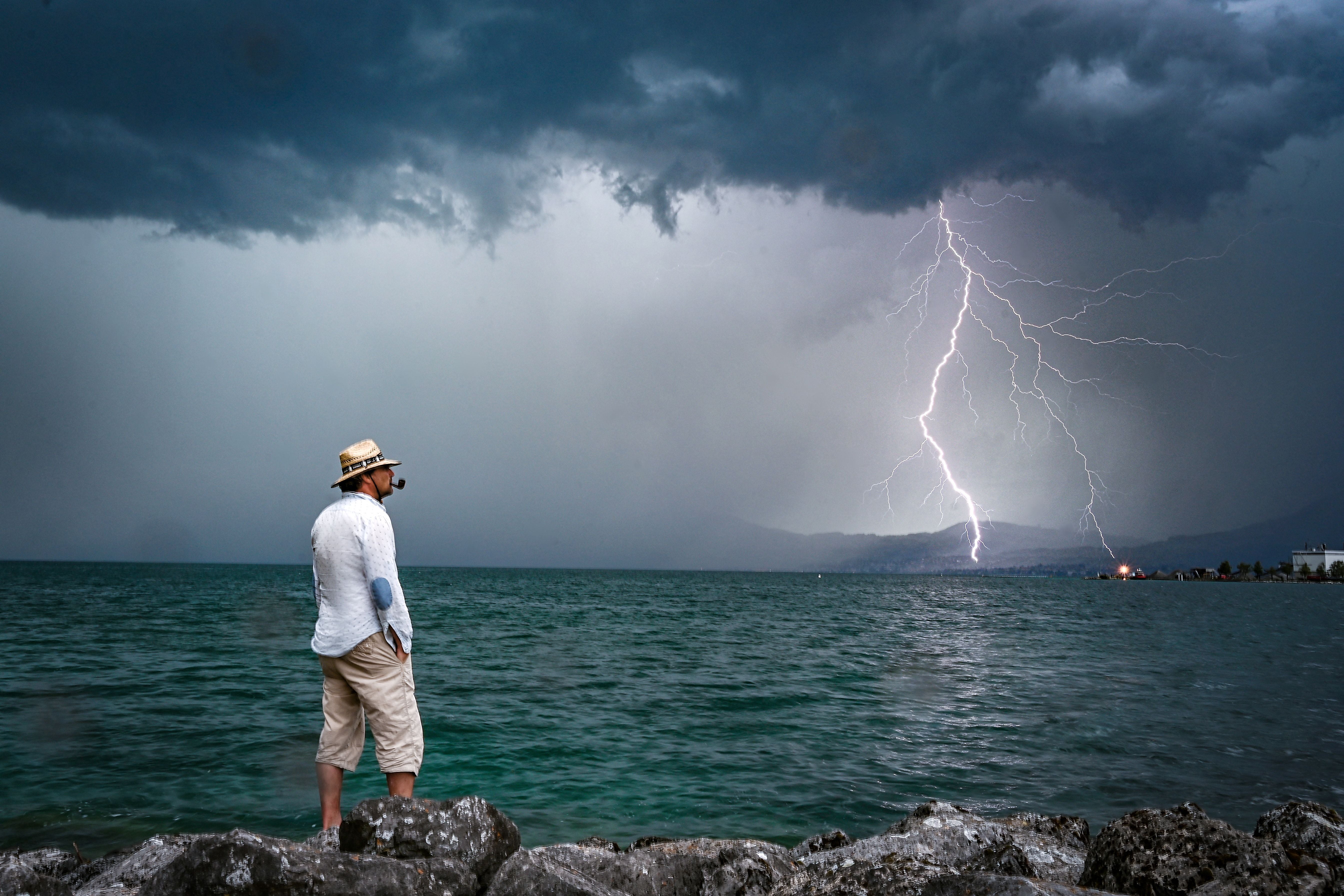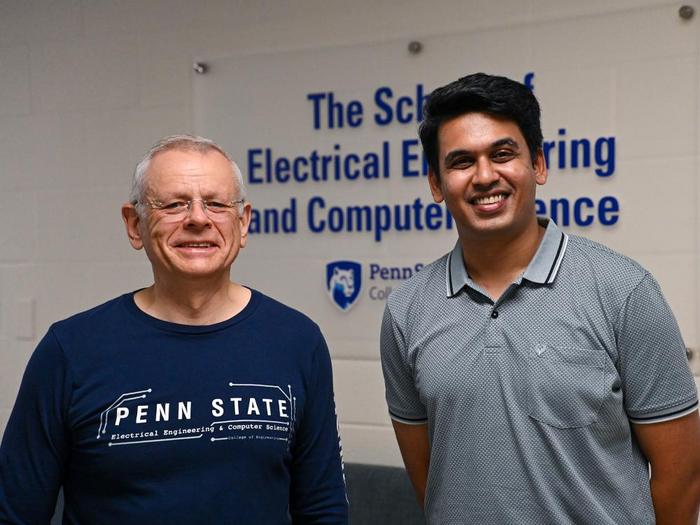Scientists say they’ve finally solved the mystery behind what happens just before lightning strikes.
While famous inventor and U.S. Founding Father Benjamin Franklin discovered the connection between lightning and electricity back in 1752, experts still had not fully understood the journey from the cloud to the ground more than 270 years later.
“Our findings provide the first precise, quantitative explanation for how lightning initiates in nature,” Victor Pasko, a professor of electrical engineering in the Penn State School of Electrical Engineering and Computer Science, said in a statement announcing the findings. “It connects the dots between X-rays, electric fields and the physics of electron avalanches.”
So, what’s the deal with the atmospheric processes that trigger the giant, explosive sparks of electricity that can heat the air to a temperature five times hotter than the surface of the sun?
According to Pasko and his team, the powerful chain reaction works similarly to an invisible pinball machine. Inside the storm clouds, strong electric fields speed up electrons that crash into molecules, such as nitrogen and oxygen. The reactions produce electromagnetic radiation commonly known as X-rays, as well as even more electrons and high-energy photons. Photons are the fundamental particles that make up light. After this, the lightning bolts are born.


Atmospheric scientists knew how charged particles react within clouds. Protons rise and electrons descend toward the ground, resulting in a positive electric charge building on the ground. When that positive charge “reaches out” to the approaching negative charge and the channels connect, the electrical transfer is what we see as lightning, according to the National Oceanic and Atmospheric Administration.
To reach these new conclusions, the international authors used mathematical modeling, simulating the physical conditions in which a lightning bolt is likely to originate.
“We explained how photoelectric events occur, what conditions need to be in thunderclouds to initiate the cascade of electrons, and what is causing the wide variety of radio signals that we observe in clouds all prior to a lightning strike,” Zaid Pervez, a doctoral student in electrical engineering, said. “To confirm our explanation on lightning initiation, I compared our results to previous modeling, observation studies and my own work on a type of lightning called compact intercloud discharges, which usually occur in small, localized regions in thunderclouds.”

They also sought to explain observations of what is known as “dark lightning” or a terrestrial gamma-ray flash.
The invisible X-ray bursts are comprised of the flashes, which are produced in our atmosphere. They’re often produced without flashes of light and radio bursts, which are familiar hallmarks of lightning during stormy weather. The researchers wanted to know why.
“In our modeling, the high-energy X-rays produced by relativistic electron avalanches generate new seed electrons driven by the photoelectric effect in air, rapidly amplifying these avalanches,” Pasko said.
“In addition to being produced in very compact volumes, this runaway chain reaction can occur with highly variable strength, often leading to detectable levels of X-rays, while accompanied by very weak optical and radio emissions. This explains why these gamma-ray flashes can emerge from source regions that appear optically dim and radio silent.”
The international study was published Monday in the Journal of Geophysical Research.



